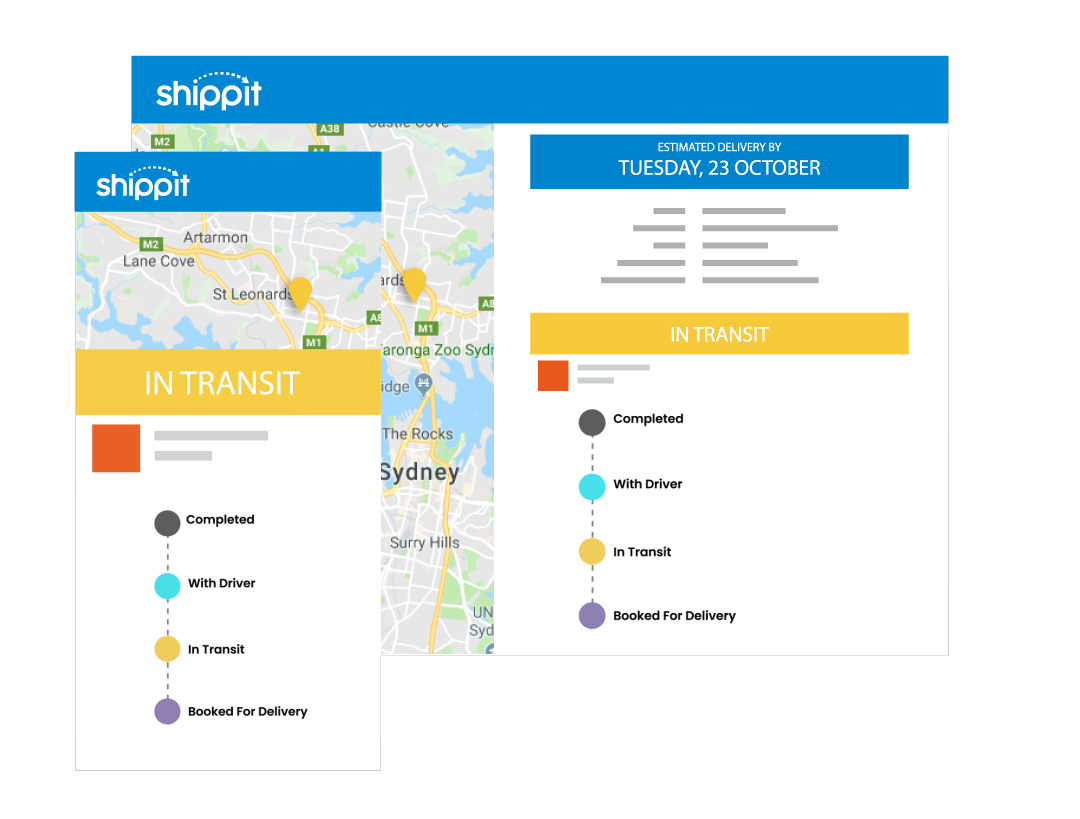Online retail is rapidly changing. With more delivery options and innovations in shipping platforms, consumers today can purchase anything from paper clips to furniture, and even vehicles online. While traditionally, easier-to-ship items such as clothing, cosmetics, books and accessories have been the fastest growing online verticals, these days, shipping bulky products like beds, appliances and bicycles is no longer an obstacle. Here are some tips to sell homeware online.
According to Shopify, worldwide eCommerce furniture and appliance revenue currently sits at $258 billion and is projected to grow to $394 billion by 2022. That’s no small chunk of change. But as exciting as this fast-growing market is, it’s not without its challenges.
With behemoths like Amazon offering free or low-cost shipping with rapid turnaround times and free returns, it can be hard for up-and-coming eCommerce businesses to compete. Add to that, a rapidly-changing, cost-conscious demographic who are less driven by brand loyalty, breaking the barriers to big-ticket purchases can be challenging. But it’s not impossible.
Here are a couple of tips to help Homeware and Furniture retailers scale and grow online.
Create a Kick-ass Customer Experience
There’s undeniable value in creating a stand-out customer experience. Take online mattress retailer, Casper, for example. When Casper launched in 2014, ordering a mattress online was practically unheard of. Through compelling storytelling, world-class content and strategies, and an irresistible offer, Casper has revolutionised the industry. You can now order a mattress to your home, try it for 100 days, and return it for a full refund if it doesn’t bring on quality sleep. By removing all the barriers and risk for the customer, Casper surpassed $200 million in revenue after two years.
Australian mattress pioneer, Koala, shares a similar story and growth trajectory. Fuelled by cheeky marketing and breakthrough delivery to the consumer within four hours, theirs is another success story.
Flexible Payment Options
The uptake of buy now, pay later services like Afterpay and Zip Pay has made it a lot easier for online furniture and homeware retailers to sell big-ticket items online. These innovative payment methods give consumers the option to make a substantial purchase online and pay it off in regular instalments, generally with little or no interest. With Millennials opting out of credit cards – buy now, pay later services are growing in popularity amongst younger consumers and opening opportunities for online retailers to connect with them.
Multi-Channel Strategies
Despite the uptake and projected meteoric growth of eCommerce, there’s still a significant demand for showrooms and web-rooms. Consumers of all ages are adopting a multi-channel approach to purchasing big-ticket items like furniture and homewares.
With trends like web-rooming becoming a lot more prevalent, consumers are starting their sales journey by researching products online, then heading into in-store to purchase. This allows shoppers to touch and test out the products before buying them.
On the flipside, showrooming is when a consumer sees an item in-store, then researches the product online in search of cheaper prices and better customer experiences like free delivery and returns. With the line between traditional retail and eCommerce continuing to blur, and web-rooming and showrooming continuing to influence the customer journey, the path to purchase is changing.
With pure-play eCommerce retailers embracing retail outlets and popups, and traditional bricks-and-mortar players turning to online, retailers are embracing omnichannel experiences to provide different purchase channels to encourage sales and engagement.

